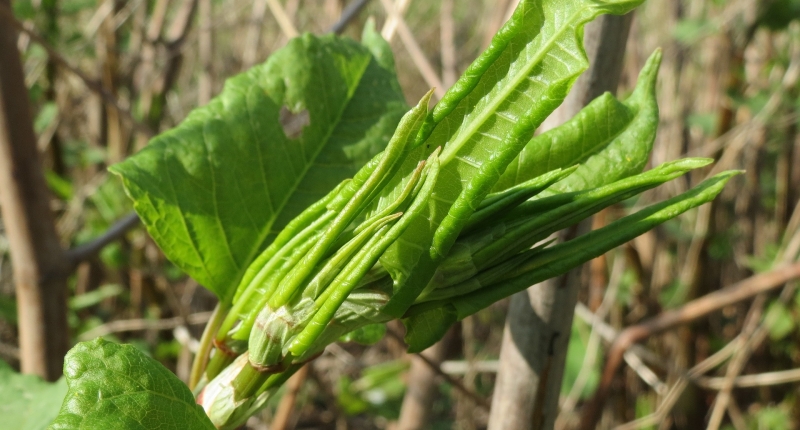Predicting Rates of Invasion in a Global Society

The increasing amount of international transport and exchange requires a better understanding of the mechanisms behind invasive species dispersal. As we send goods across trade routes around the world, we also provide new pathways of invasion for non-native species.
The NCEAS working group assessing the effects of trade policy on the management of non-native pests recognizes the ecological and economic significance of understanding invasions, and has recently published a study in the Journal of Applied Ecology that aims to improve predictions of invasion rates.
Established invasion prediction models indicate that as a source pool of a potentially invasive species is depleted within a given region over time, the likelihood of that species establishing in a receiving region decreases because most of the “best” invaders have already settled in the new area. However, these older models assume that invasion pressure remains constant, while in reality this pressure has increased significantly over time with the increase in international trade routes.
The model developed in this study accounts both for this increase in invasion pressure as well as the different abundances of various species within an invasion pathway, in order to better predict the number of species that may invade an area over time. The new model predicted that the increasing import rate overwhelms the effect of species pool depletion, causing an overall increase in the establishment of new invasive species.
This result should be come as a warning for managers of invasive species. Expanding and intensifying trade routes in new geographic regions around the world can be expected to open up previously isolated species pools, contributing to increasing rates of invasion.
---
Depletion of heterogeneous source species pools predicts future invasion rates
Liebhold, A.M., Brockerhoff, E.G., Kimberley, M.
Journal of Applied Ecology, March 2017, doi: 10.1111/1365-2664.12895
